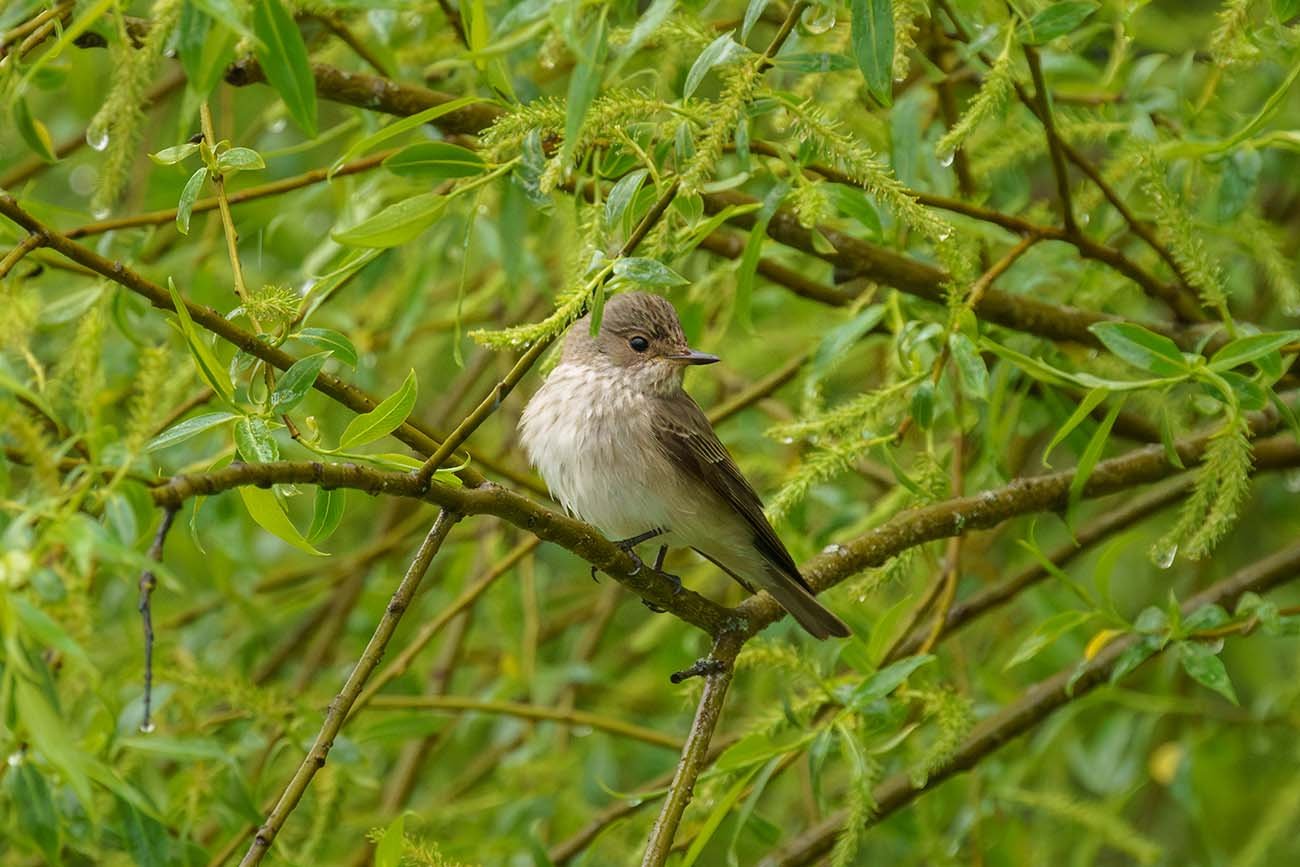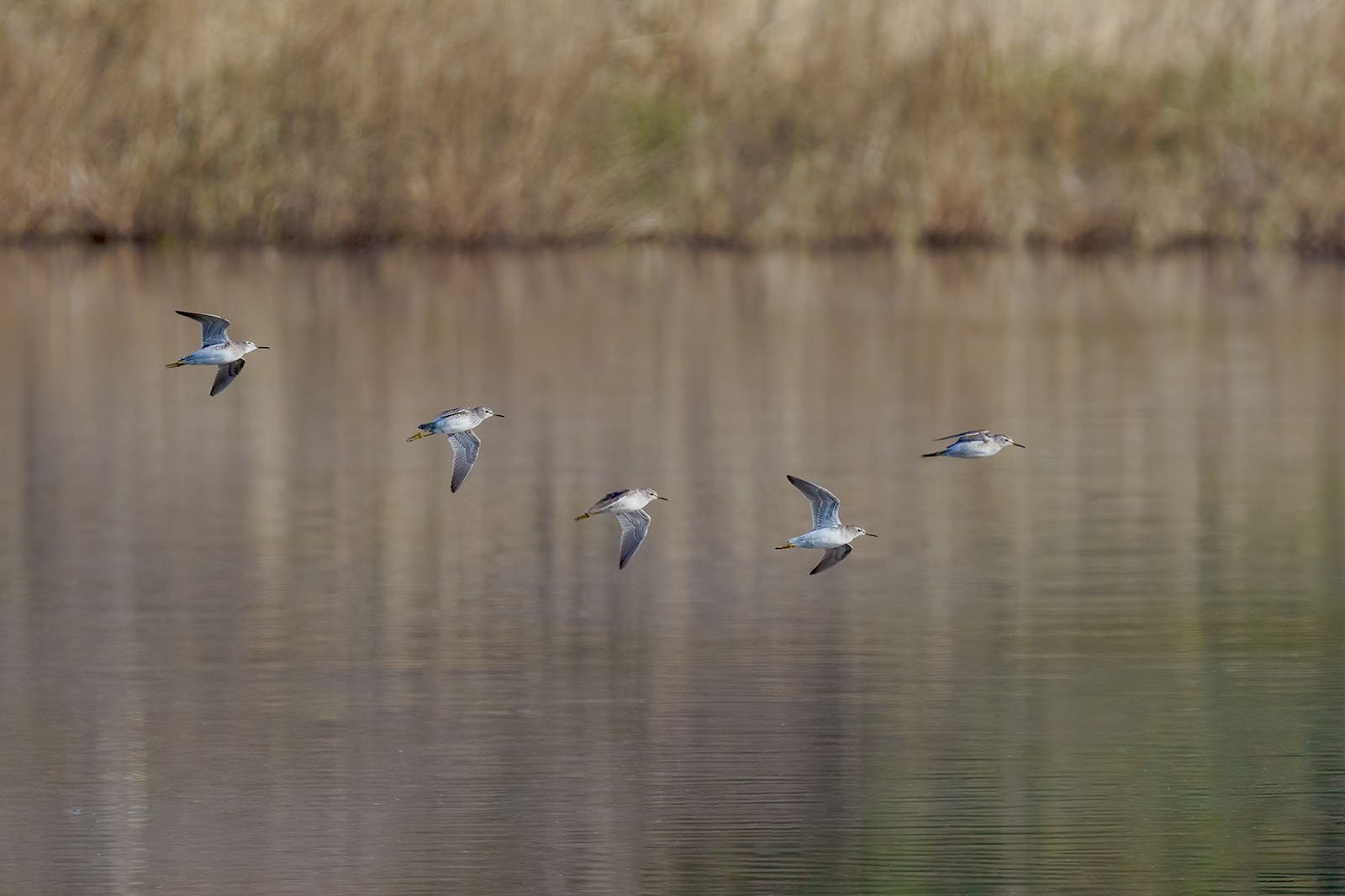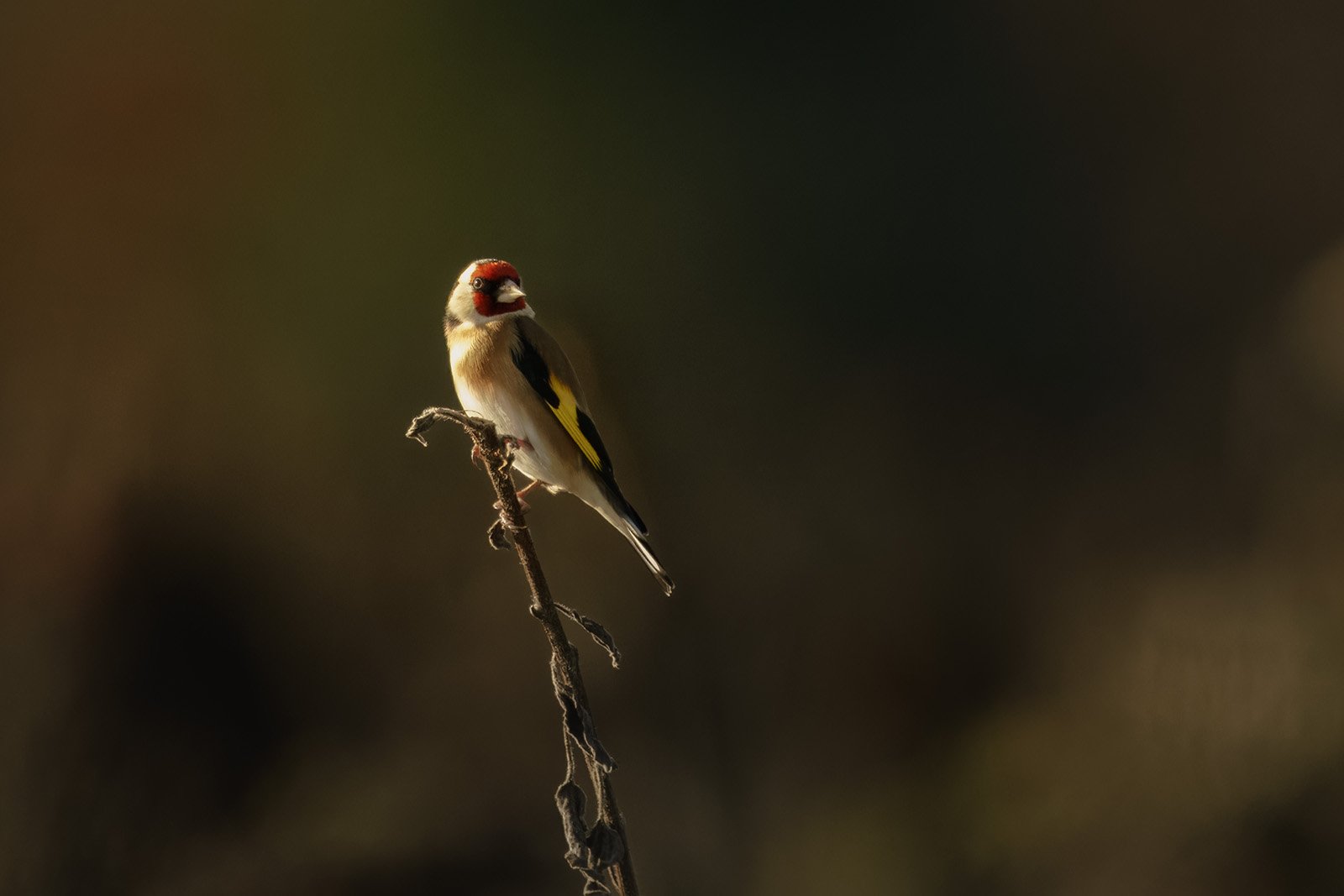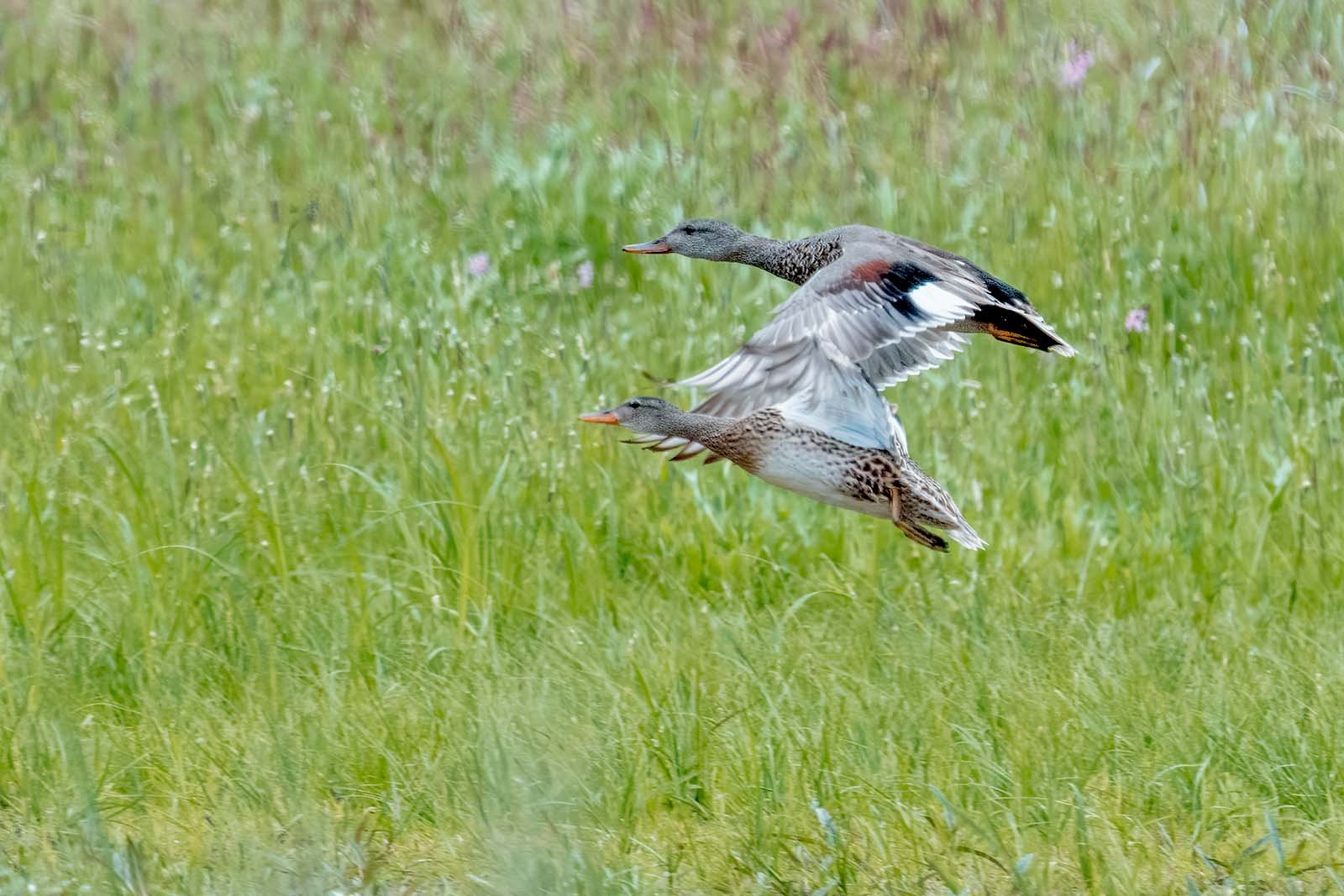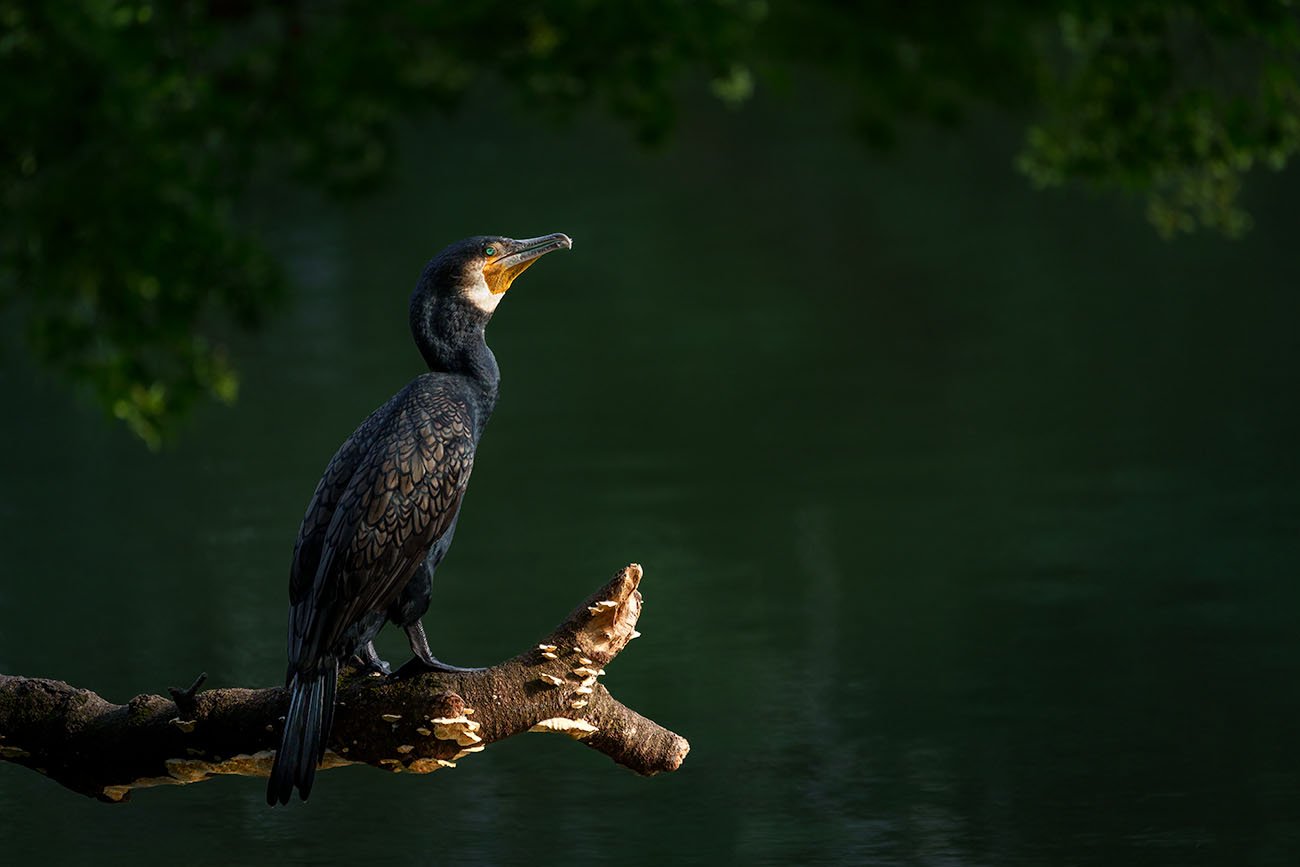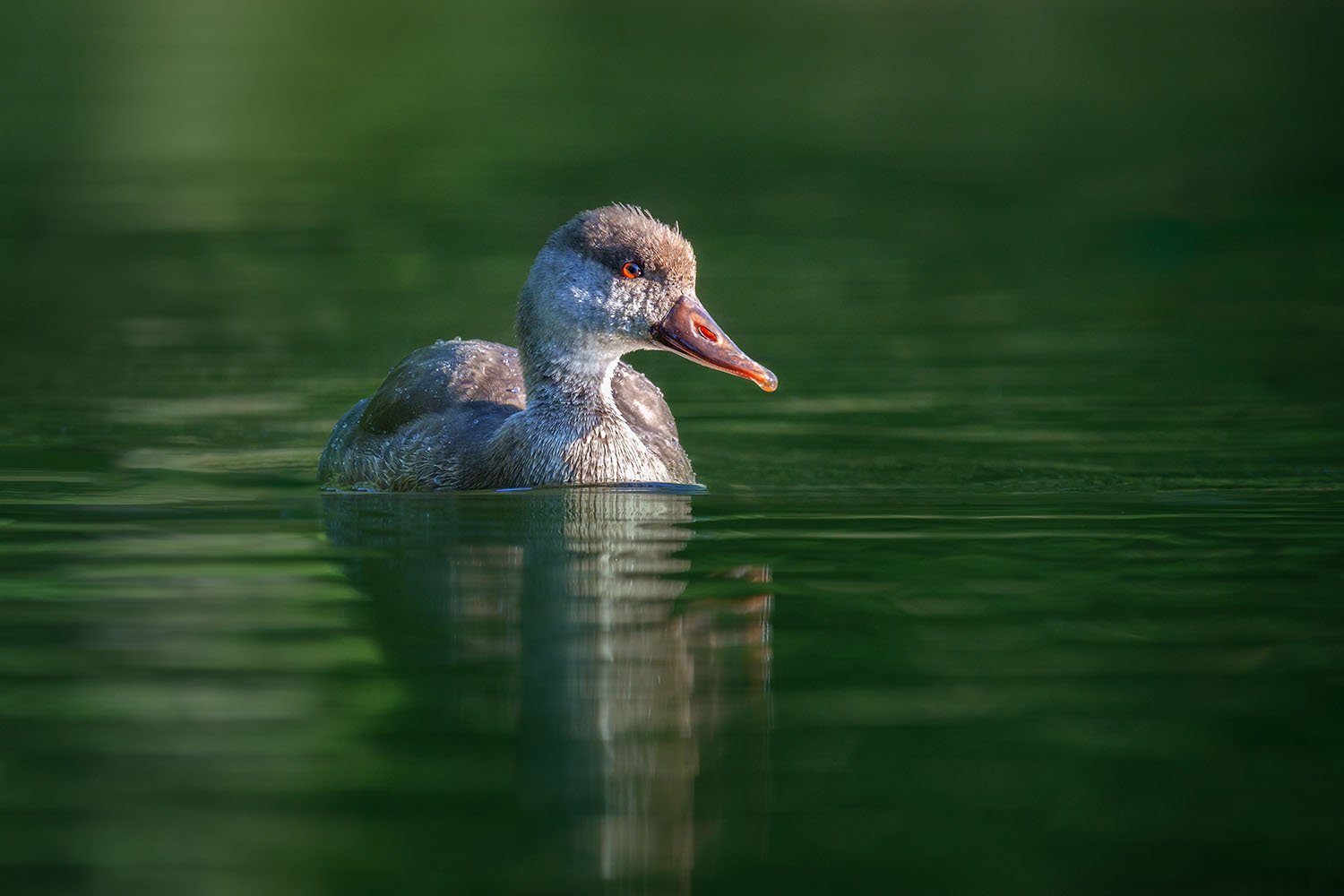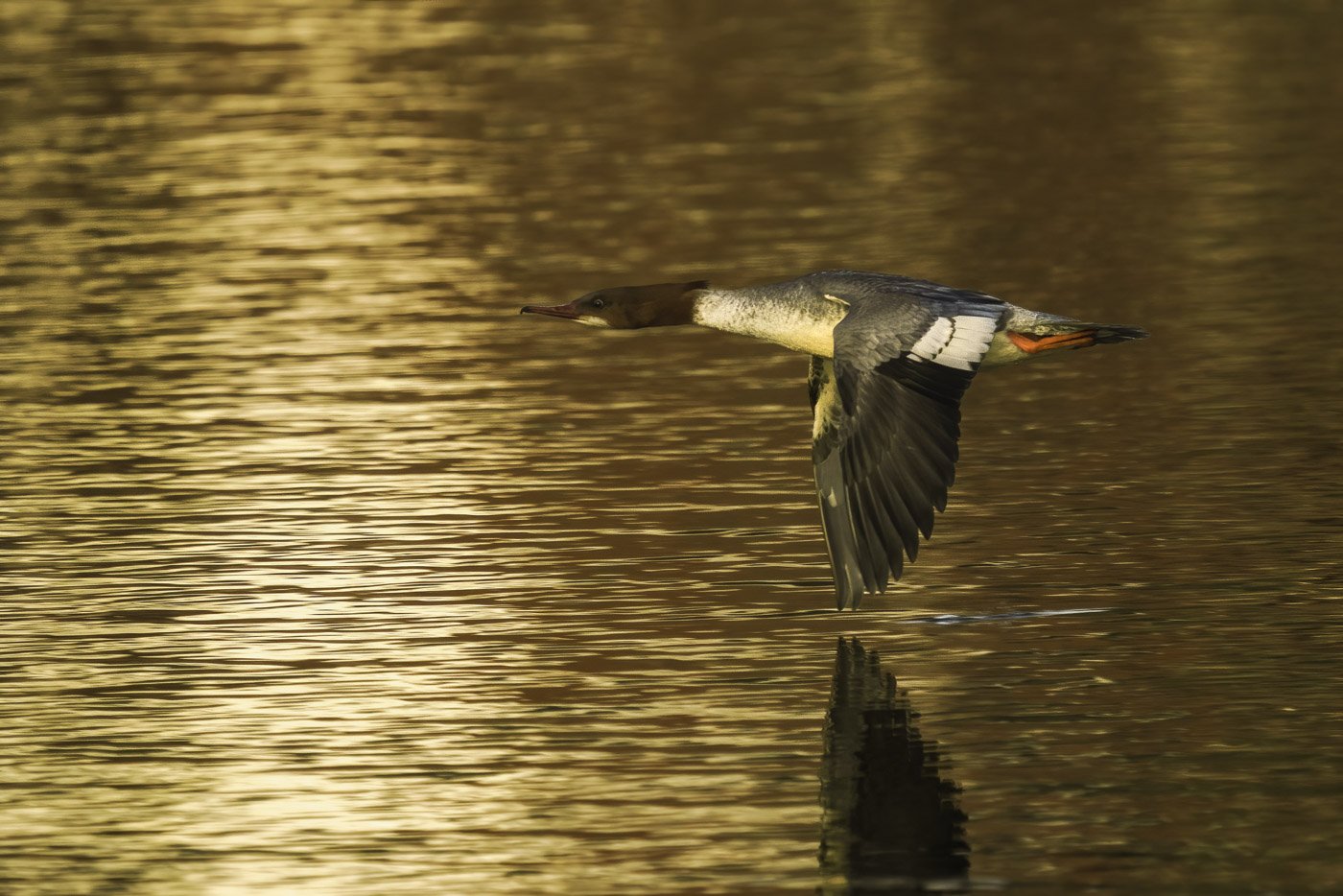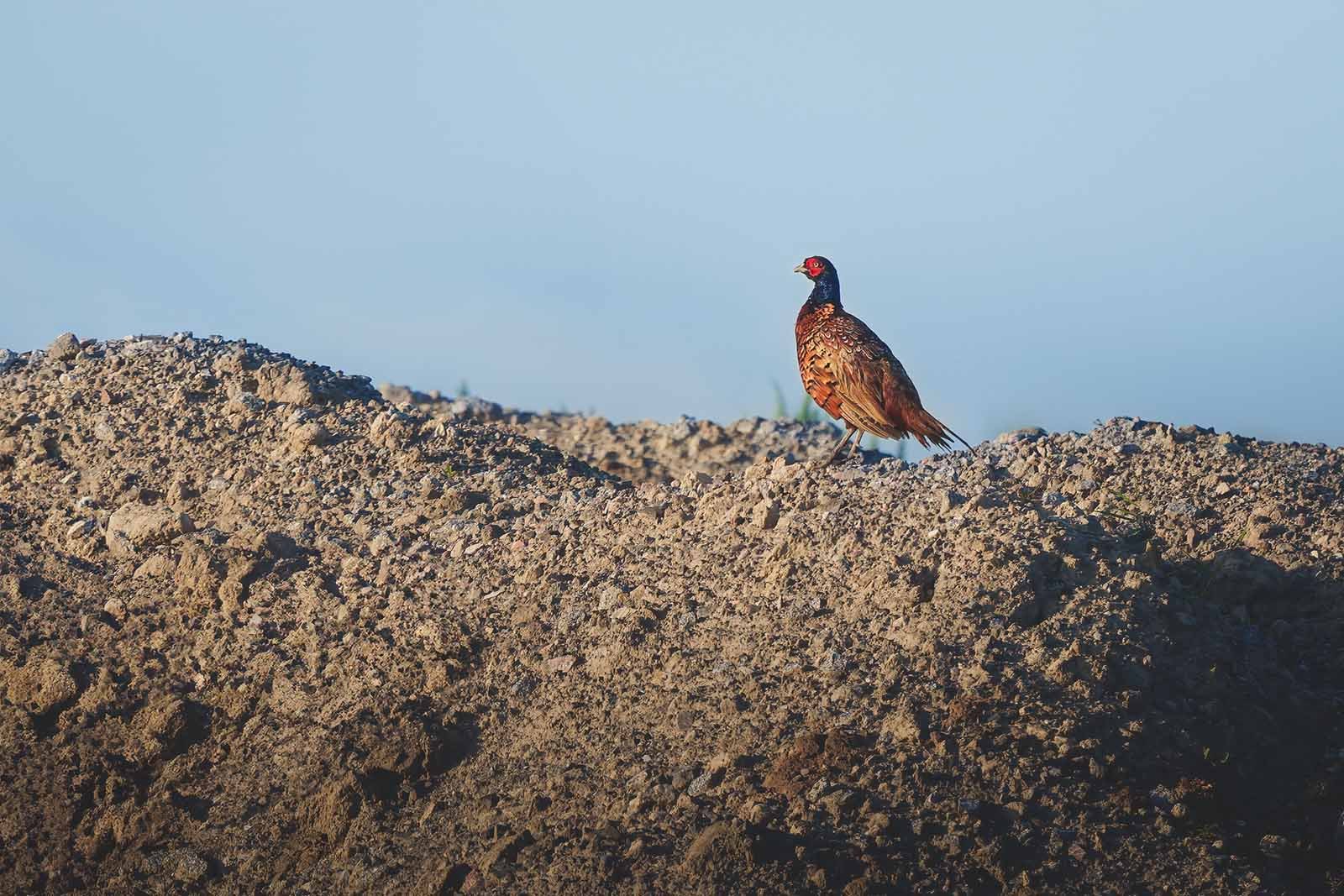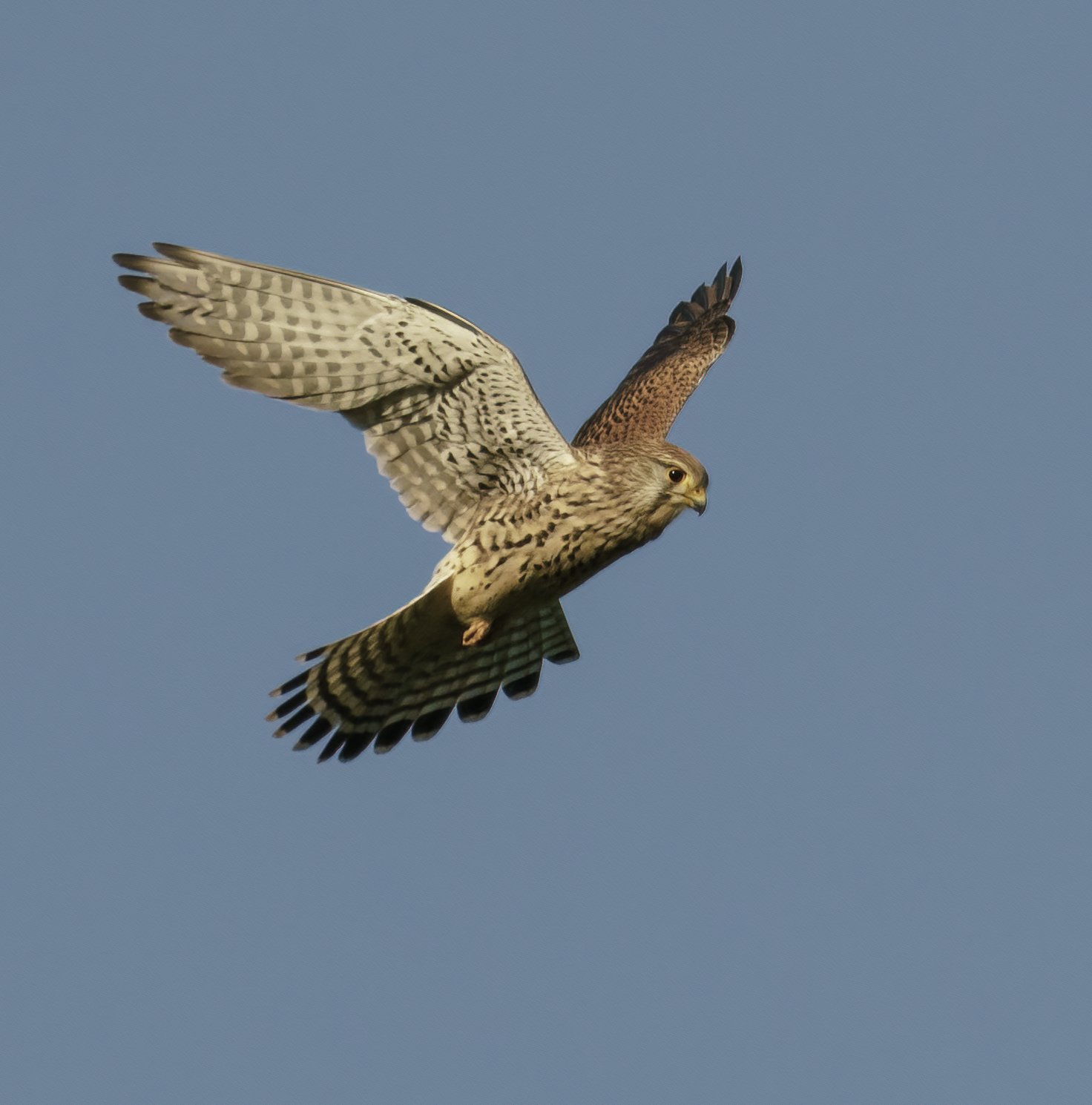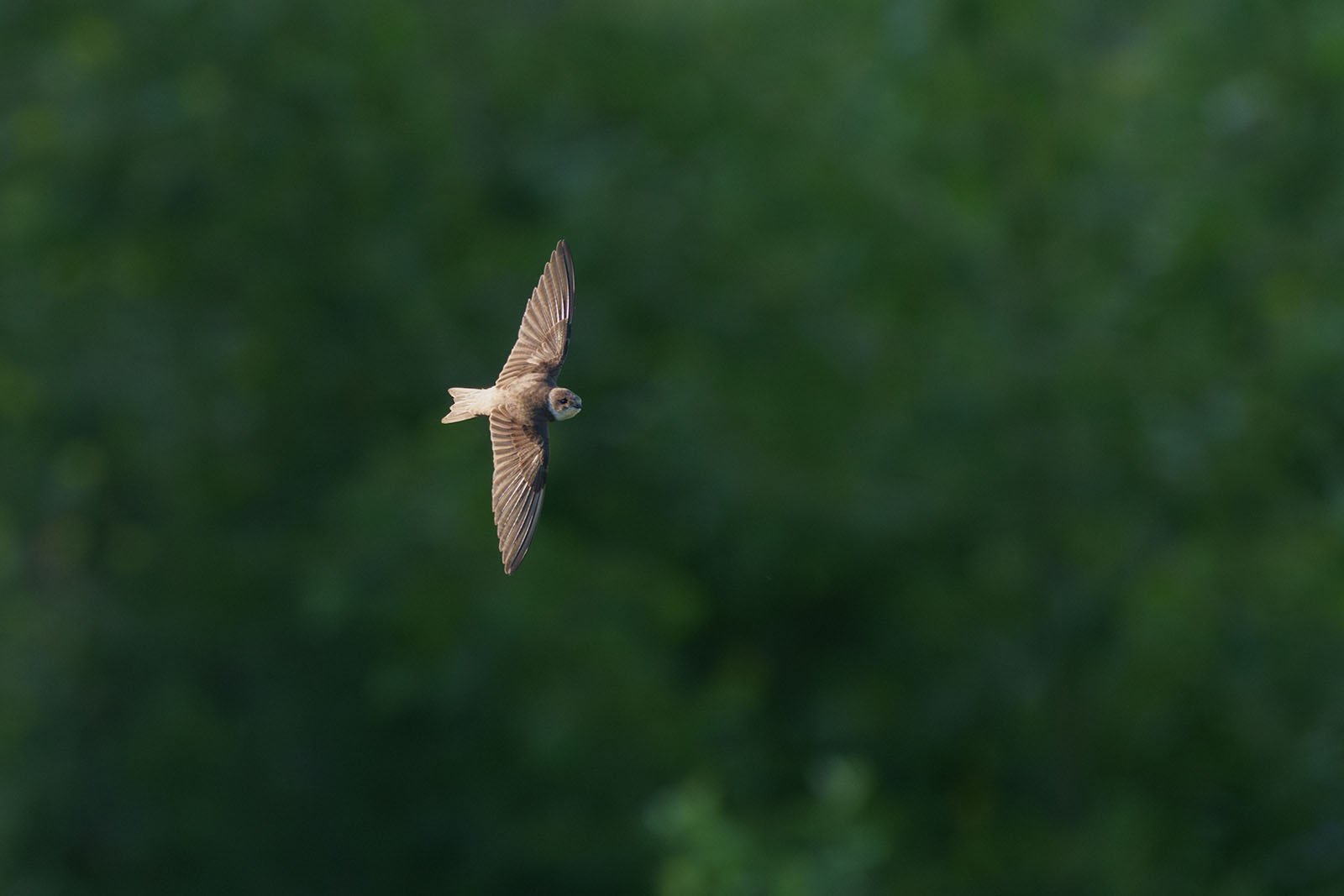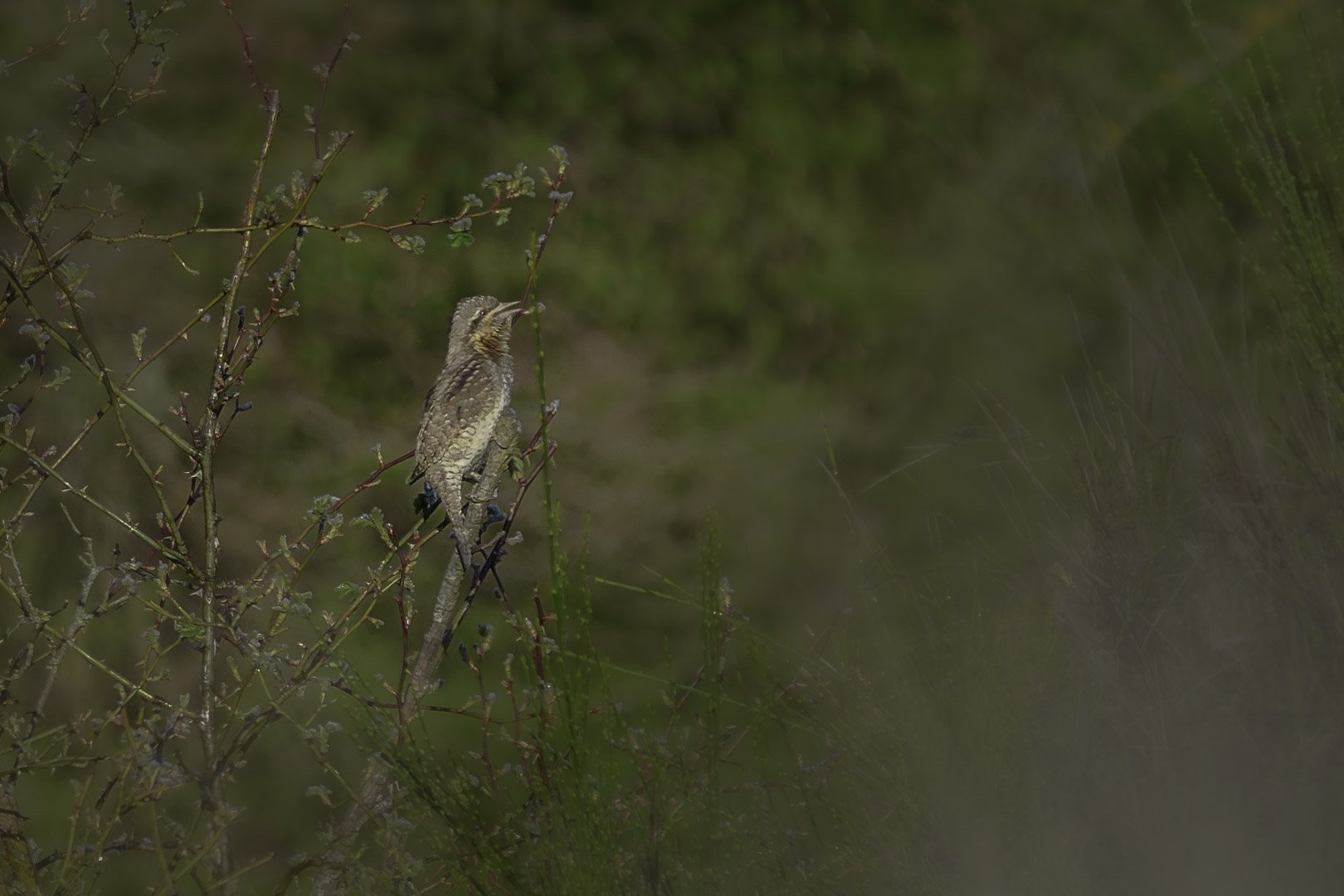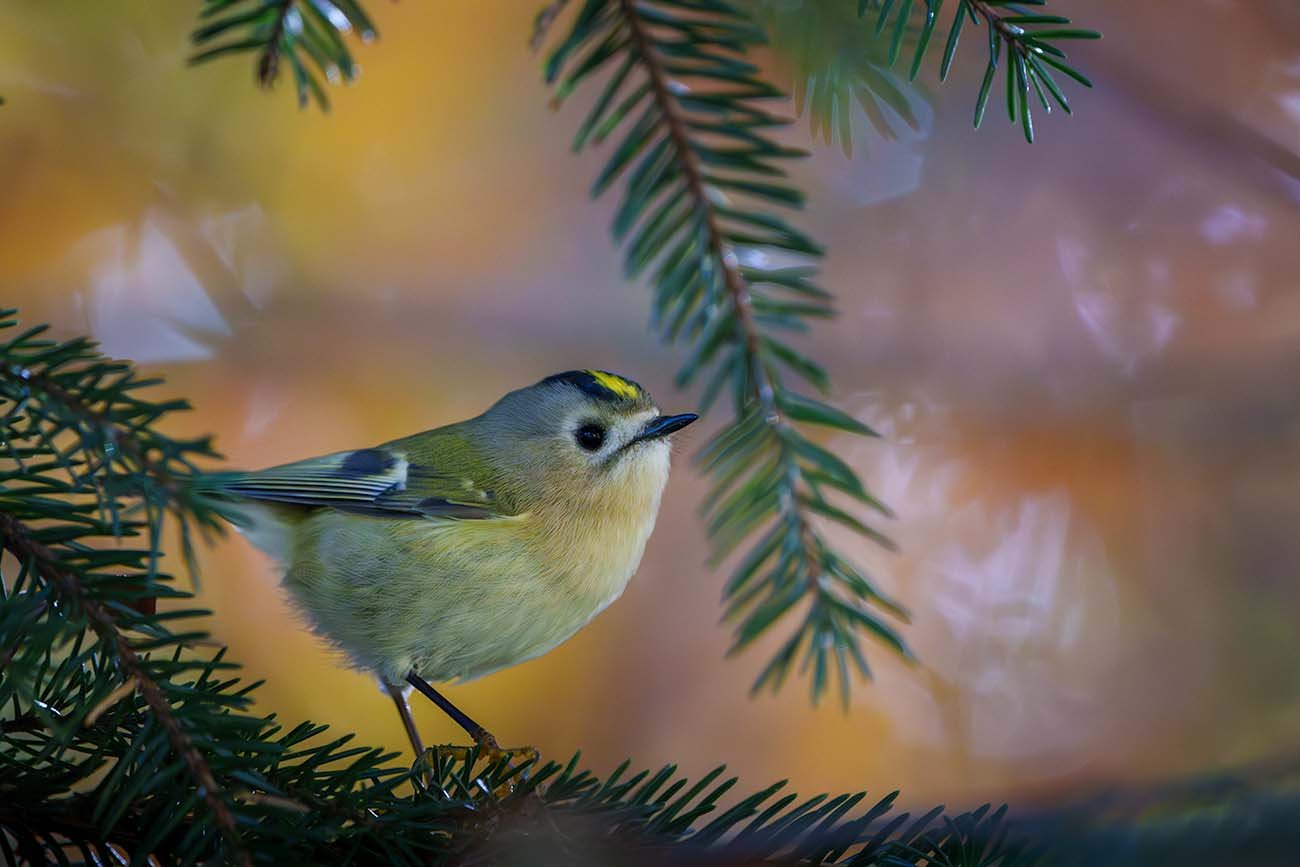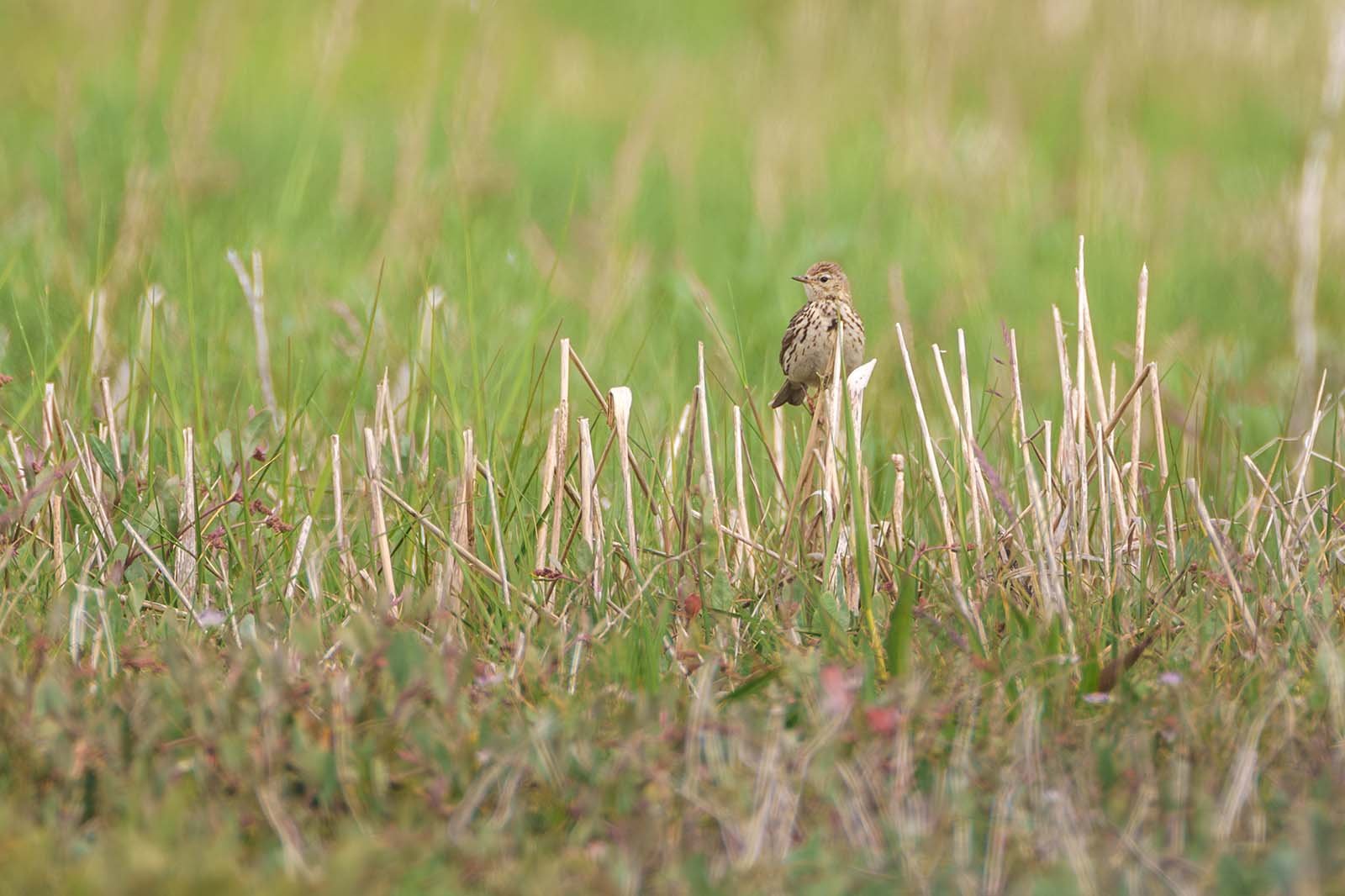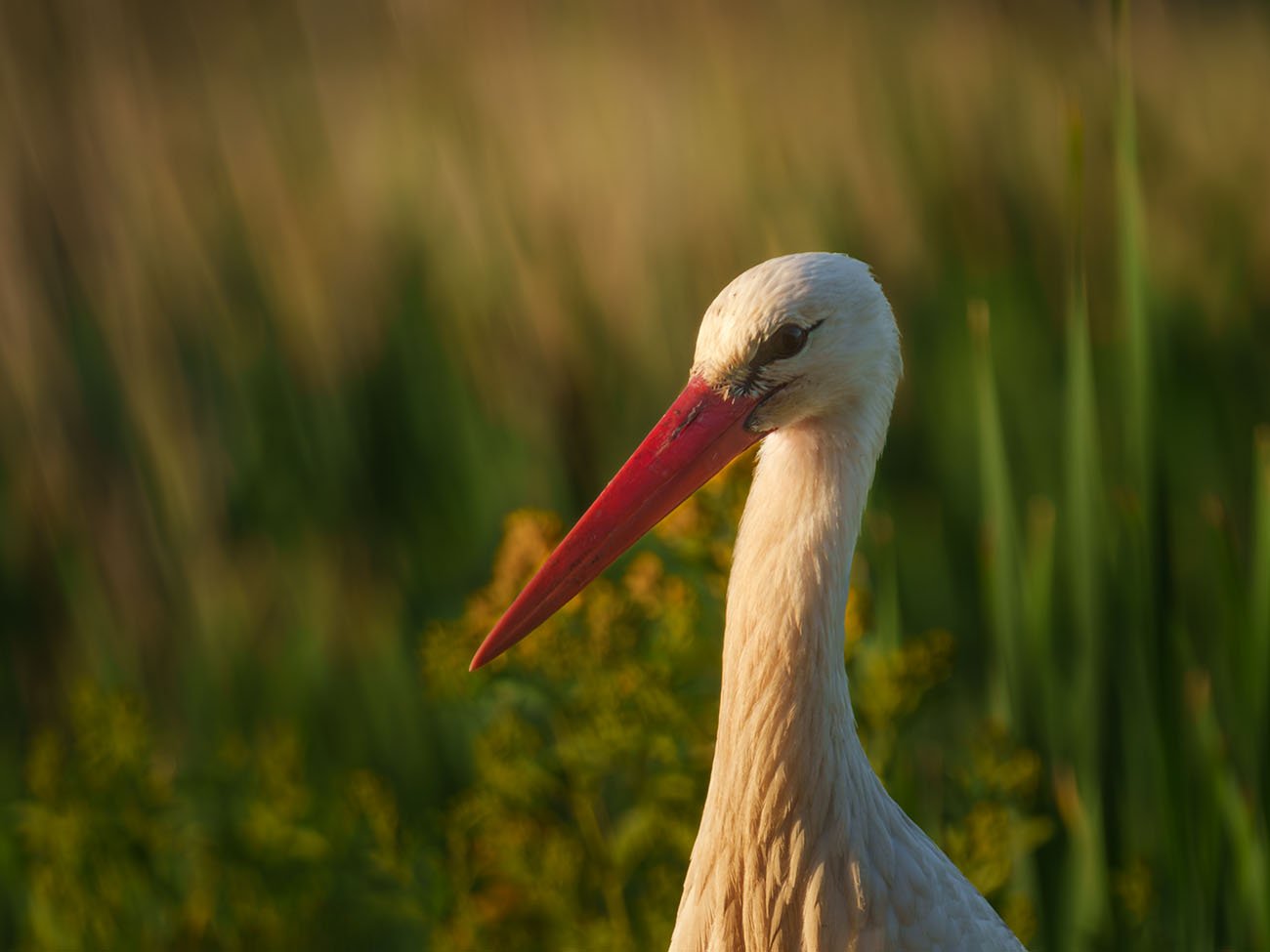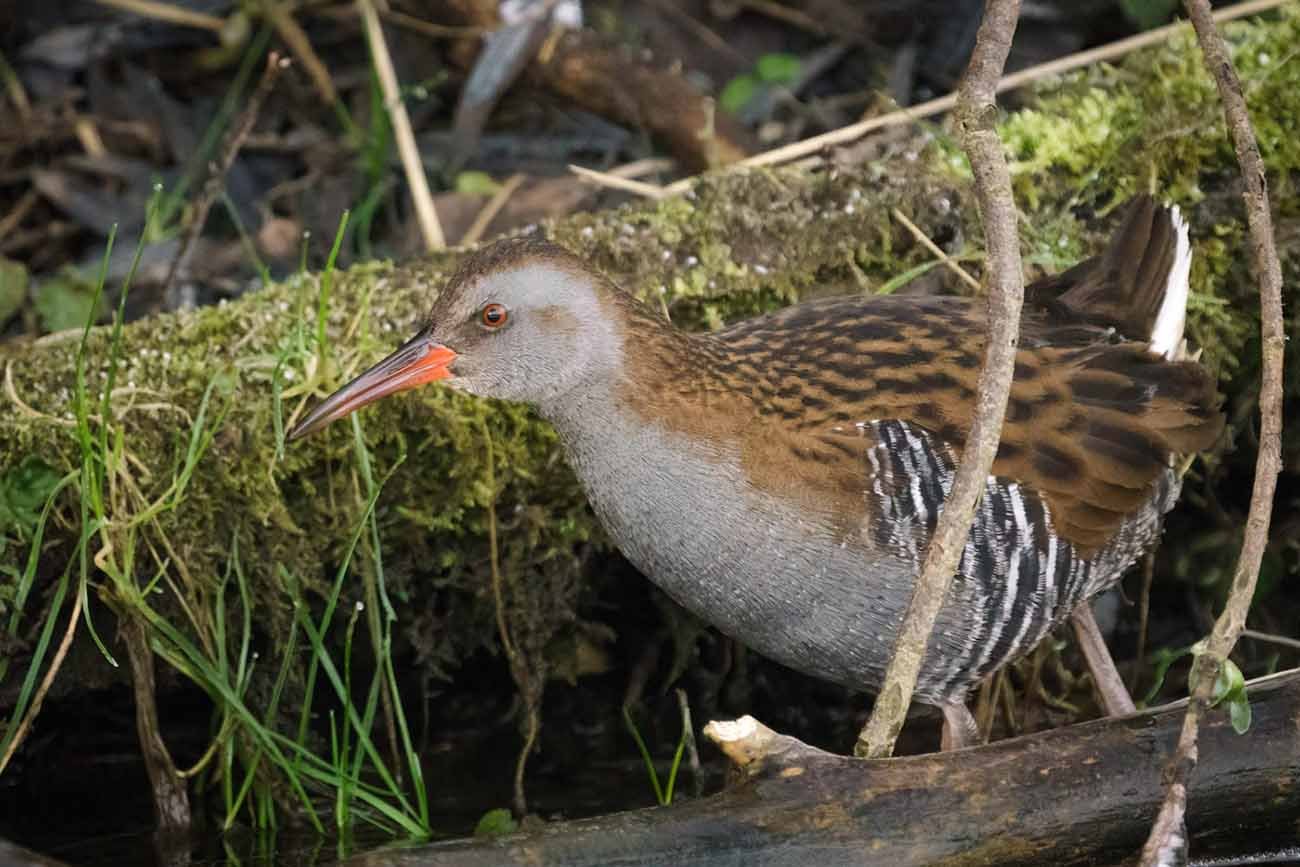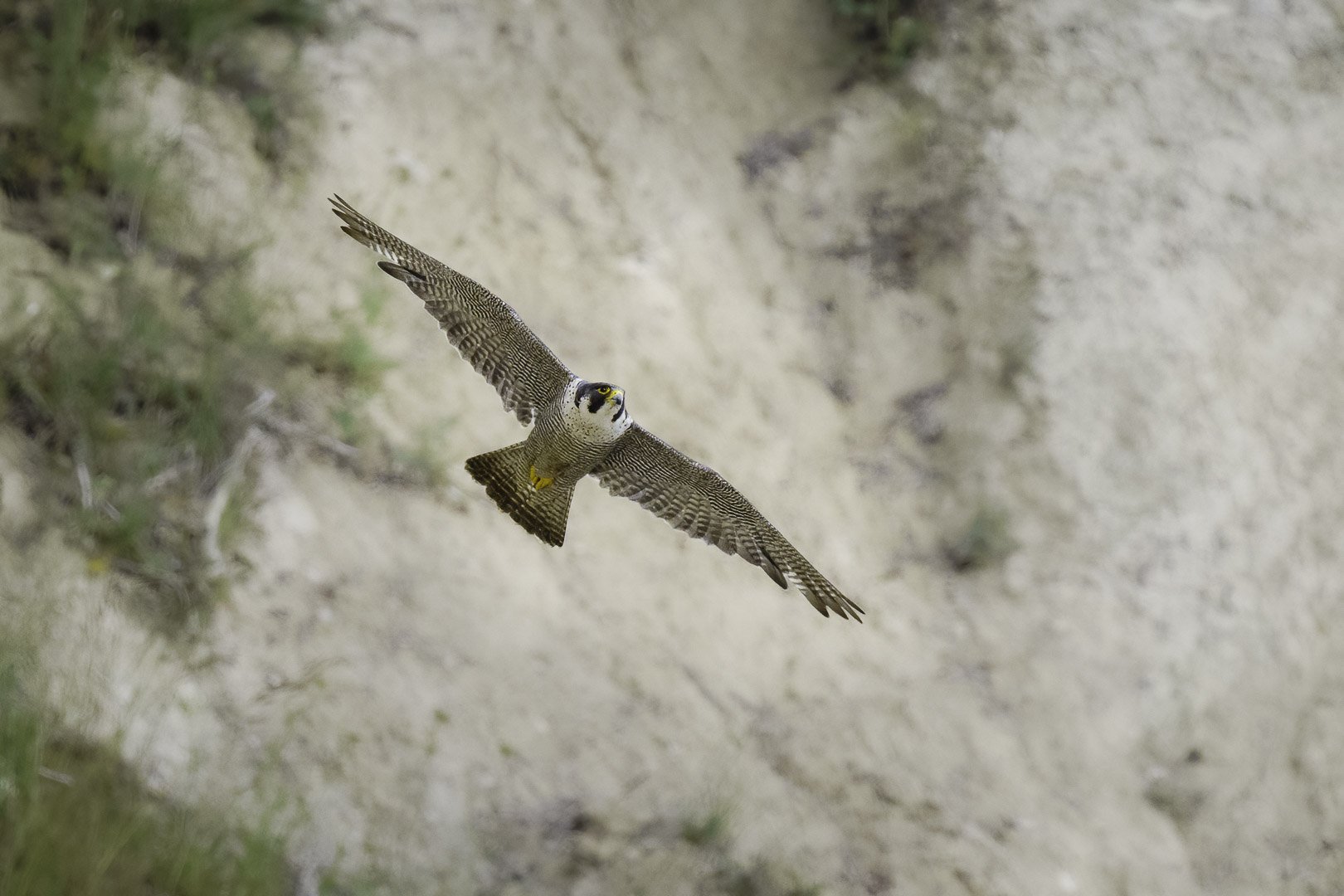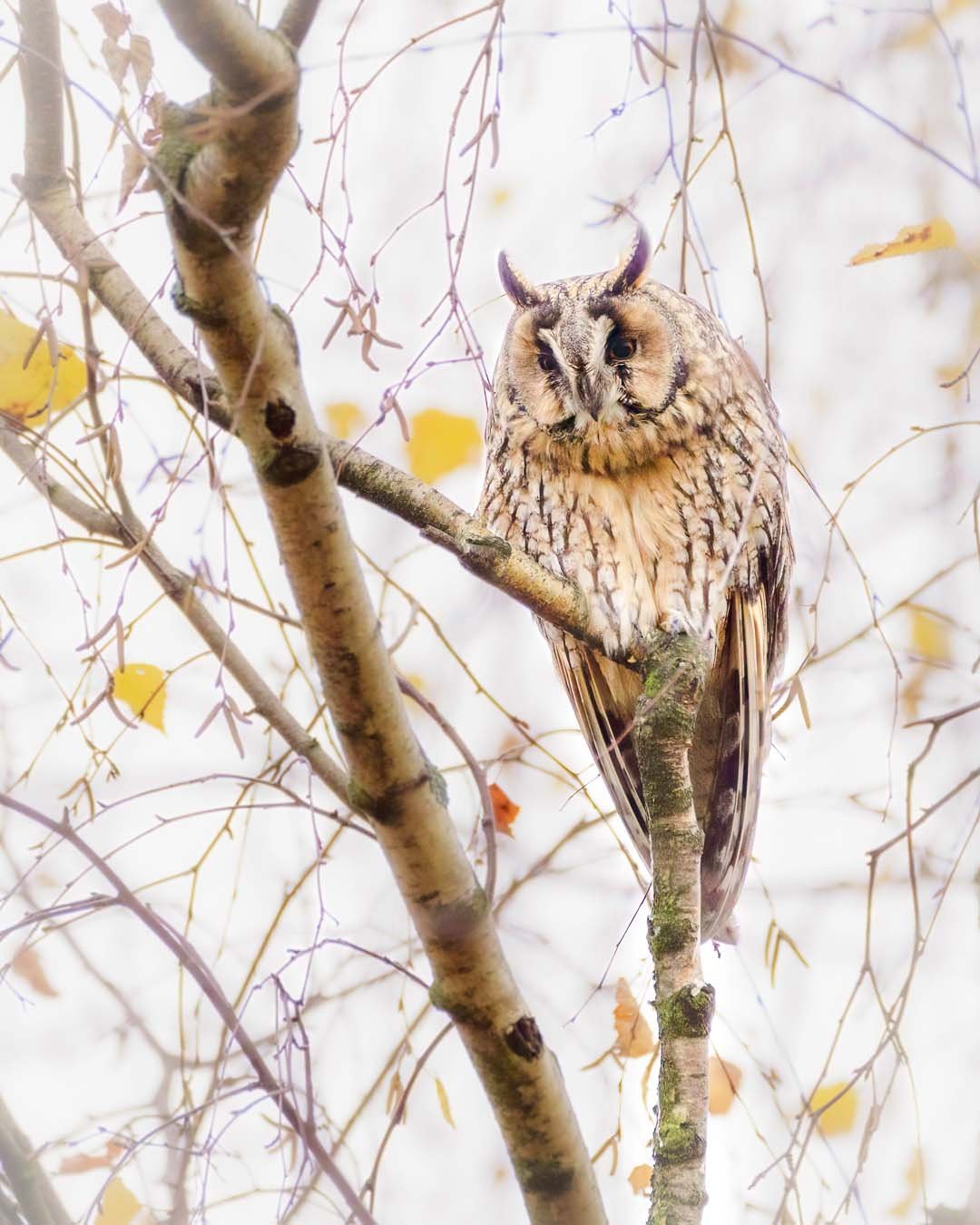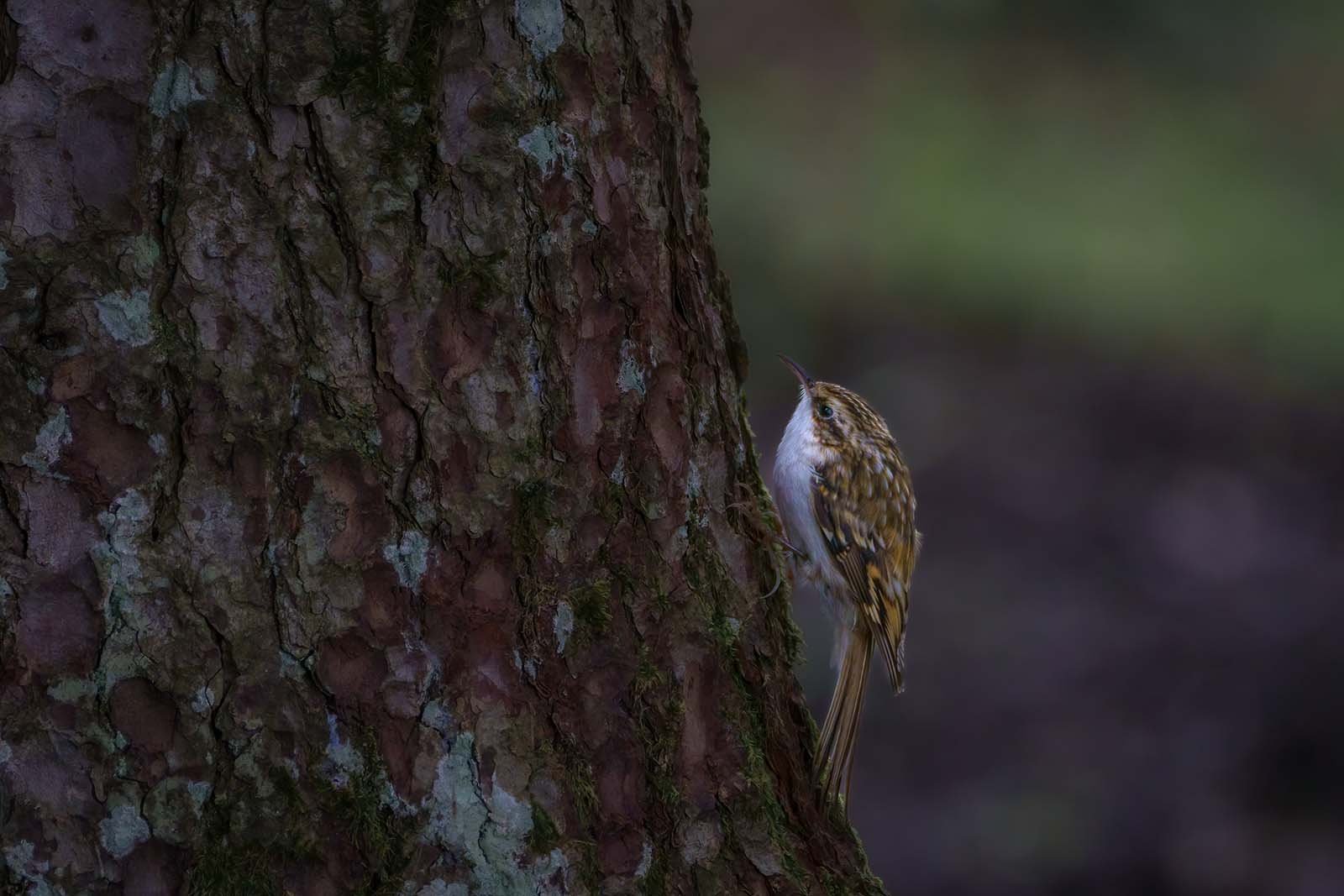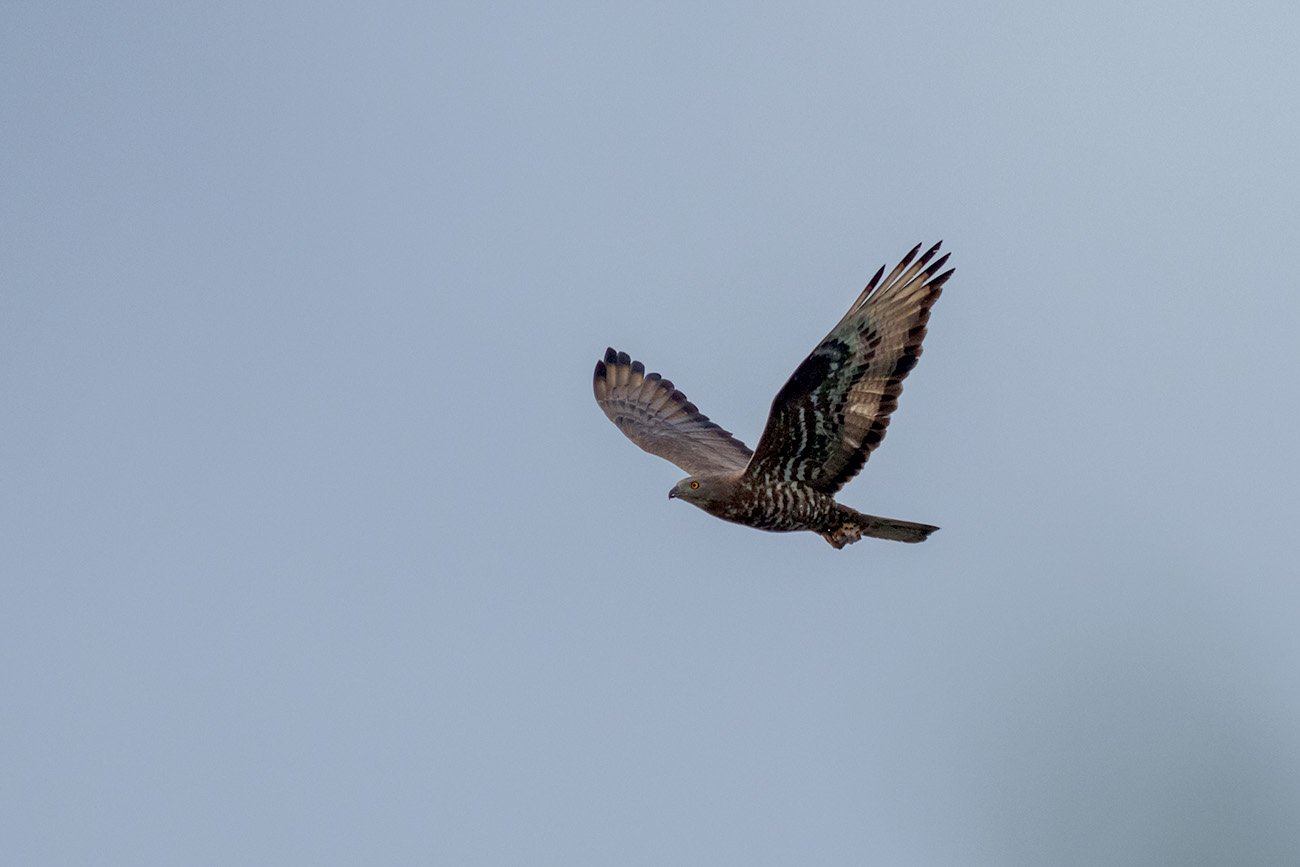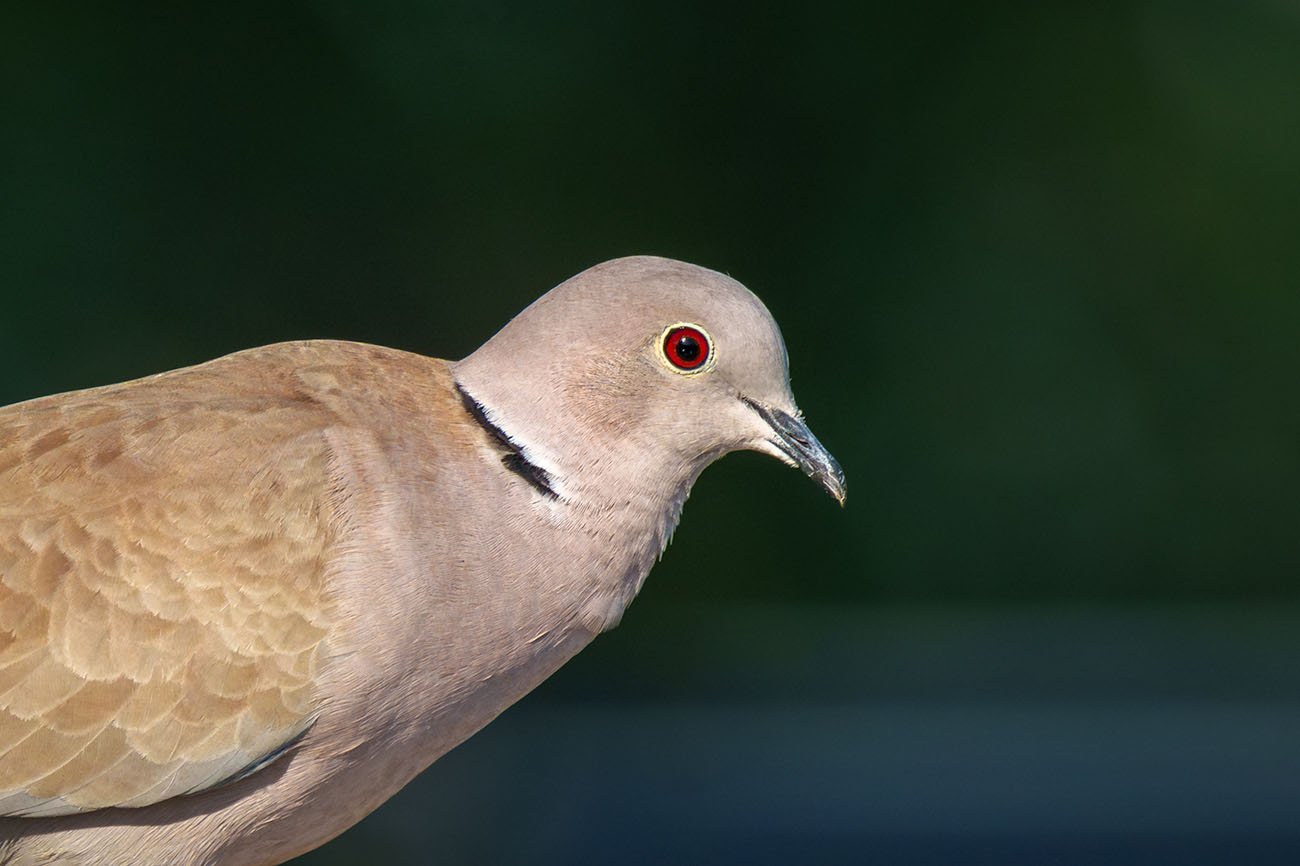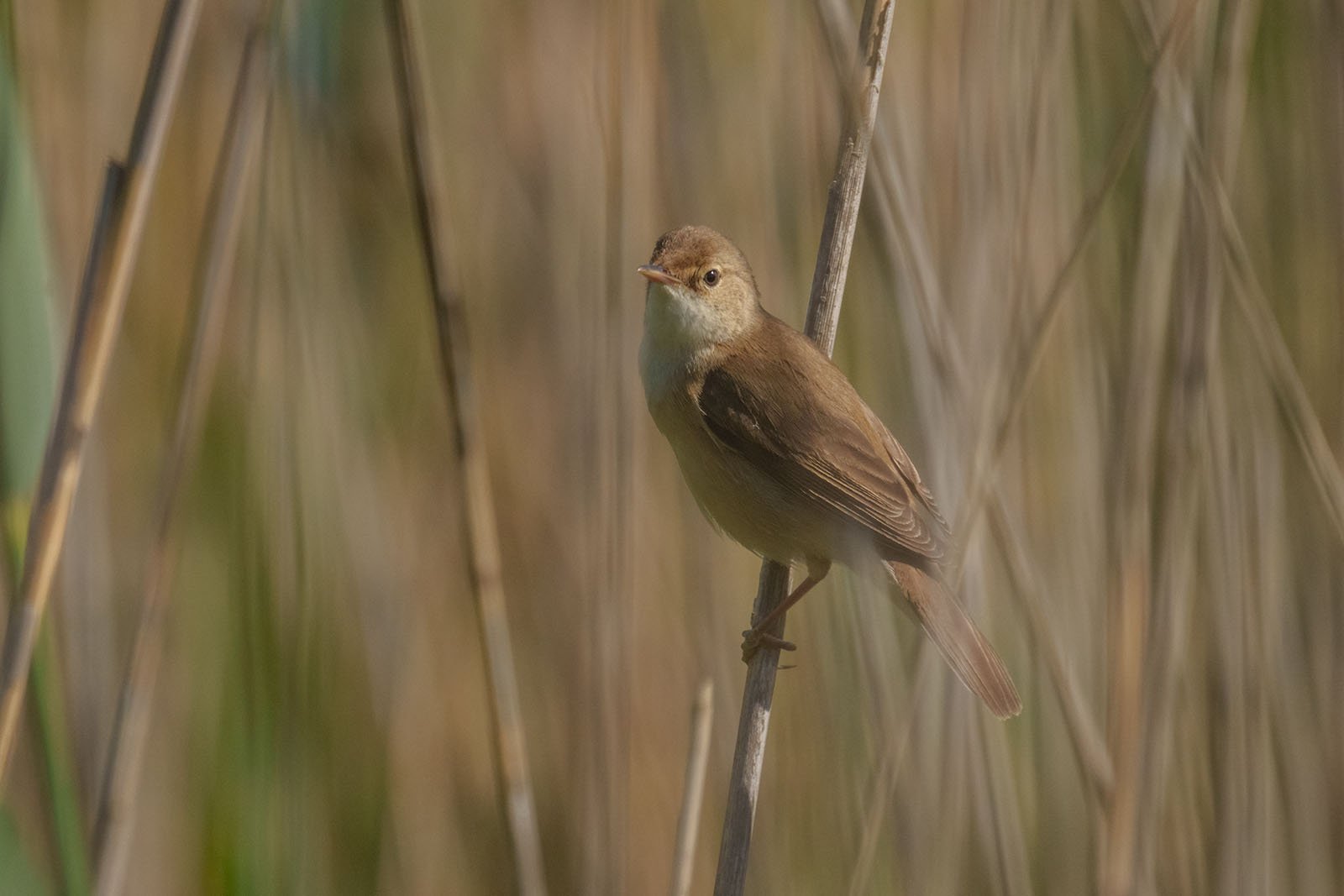Common blackbird (Turdus merula)
Common blackbird (Turdus merula) in Winter
Key Facts:
- Size: 23.5–29 cm
- Features: Black feathers in males, browner tones in females, yellow beak, and eye ring in males.
- Habitat: Common in forests, parks, and gardens.
- Reproduction: Nest deep in trees, often reinforced with soil.
- Diet: Earthworms, insects, berries.
The Blackbird (Turdus merula) – A Portrait
Table of Contents
- Introduction: The Blackbird – An Icon of Gardens
- Identifying Features: How to Recognize a Blackbird
- Habitat and Behavior: From Forests to the City
- Song and Communication: The Sound of Dusk
- Reproduction and Nesting: A Master of Adaptation
- Diet: A Versatile Menu
- Why the Blackbird is Ideal for Beginners
1. Introduction: The Blackbird – An Icon of Gardens
The blackbird is more than just a common sight in European gardens. Its distinctive song and the striking black plumage of the male have made it an unmistakable symbol of our native birdlife. But what makes the blackbird so special? Why is it an excellent choice for those taking their first steps in birdwatching?
Leucistic Blackbird
2. Identifying Features: How to Recognize a Common Blackbird
The blackbird is one of Europe’s most recognizable bird species and is easy to identify. Its size ranges from 24 to 29 cm, making it about as large as a pigeon, but with a more slender build. The male and female differ significantly in appearance:
- Male: The deep black plumage and bright yellow beak are eye-catching. Additionally, a yellow eye ring gives the face a distinctive look.
- Female: They are much more subdued in color, with dark brown feathers often faintly speckled and a less vivid beak.
- Juveniles: These sport brown, speckled feathers that help them blend well into their surroundings.
The blackbird’s appearance is perfectly adapted to its environment. The sleek elegance of the male makes it a popular subject in nature photography, while the female’s subtle tones provide valuable camouflage in the wild.
3. Habitat and Behavior: From Forests to the City
Originally, the blackbird was a shy forest dweller. But its adaptability has turned it into one of the most common birds in urban areas. Parks, gardens, and even courtyards provide enough food and nesting sites. This adjustment to urban environments is evident in their confidence around humans – or rather, their lack of fear. In many cities, blackbirds can be seen searching for earthworms just a few meters from people or sipping from puddles.
Despite its affinity for human proximity, the blackbird remains true to its roots: It thrives best in dense shrubs and trees where it finds shelter and safe nesting sites.
4. Song and Communication: The Sound of Dusk
The blackbird’s song is unmistakable. In the twilight hours, often early in the morning or late in the evening, its clear, melodious phrases can be heard. Its repertoire consists of fluted notes interspersed with soft, almost whispered passages, making its song rich and captivating.
Male blackbirds use their song to mark territory and attract mates. Each bird varies its melodies, allowing experienced listeners to distinguish individual birds. An interesting fact: urban blackbirds often sing louder than their rural counterparts. The reason is the higher noise levels in cities, which they compensate for with increased volume.
5. Reproduction and Nesting: A Master of Adaptation
The blackbird’s nest construction is another example of its flexibility. The nest is a sturdy structure made of moss, roots, and twigs, held together with wet soil. This technique ensures the nest remains stable even in bad weather.
Typical nesting sites include dense shrubs or trees, but the blackbird shows adaptability here as well: it often nests on balconies, in wall crevices, or even inside street signs. The breeding season begins early in the year, often in March. A clutch usually consists of three to five eggs, which the female incubates for around two weeks.
The chicks are altricial and are fed by both parents for about two weeks after hatching. Even after fledging, they remain dependent on their parents for a short time.
6. Diet: A Versatile Menu
Blackbirds are true opportunists when it comes to food. In spring and summer, they primarily feed on earthworms, snails, and insects. Using their strong beak, they probe the ground for prey. In autumn and winter, their diet shifts to berries, fruits, and seeds. Blackbirds particularly enjoy berries from elderberry, rowan, and other shrubs. They also readily eat fallen fruit in gardens.
An interesting behavior is that blackbirds often "stamp" their food before eating it – especially snails and earthworms. This breaks down the prey into manageable pieces and makes it easier to digest.
7. Why the Blackbird is Ideal for Beginners
For anyone just starting out in birdwatching, the blackbird is a perfect introduction. It’s common and easy to spot, its features are easily recognizable, and its behavior is fascinating to observe. The blackbird’s song also offers beginners a great opportunity to practice identifying bird calls.
Moreover, observing blackbirds provides valuable insights into how birds adapt to their environment. Whether in a rural garden or the heart of a city, the blackbird can be found everywhere and always shows interesting facets of its life.
Detailed Features of the Blackbird:
Feathers:
- Male: Deep black and shiny.
- Female: Dark brown with a lighter throat and soft spots.
- Young birds: Brown with light speckles.
Beak:
- Male: Bright yellow.
- Female: Brownish to pale yellow.
- Young birds: Light brownish.
Eyes:
- Male: Yellow eye ring.
- Female: Darker, less noticeable eye ring.
Feet:
- Dark brown to black.
FAQ Common Blackbirds (Turdus merula)
1. How can you tell male and female blackbirds apart?
Male blackbirds are easy to identify by their jet-black plumage and bright yellow beak. Female blackbirds have dark brown feathers and a less prominent, brownish beak.
2. Where do blackbirds build their nests?
Blackbirds prefer dense shrubs or trees for nesting. However, they also adapt to urban environments and often nest on balconies, in wall crevices, or even on street signs.
3. What do blackbirds eat?
In spring and summer, blackbirds mainly feed on earthworms, insects, and snails. In autumn and winter, they switch to berries, fruits, and seeds.
4. When do blackbirds sing the most?
Blackbirds sing most frequently in the early morning hours and at dusk. Their song is used to mark territory and attract mates.
5. How long does it take for young blackbirds to fledge?
After hatching, young blackbirds remain in the nest for about two weeks. They then fledge but continue to be fed by their parents for a few more days.




